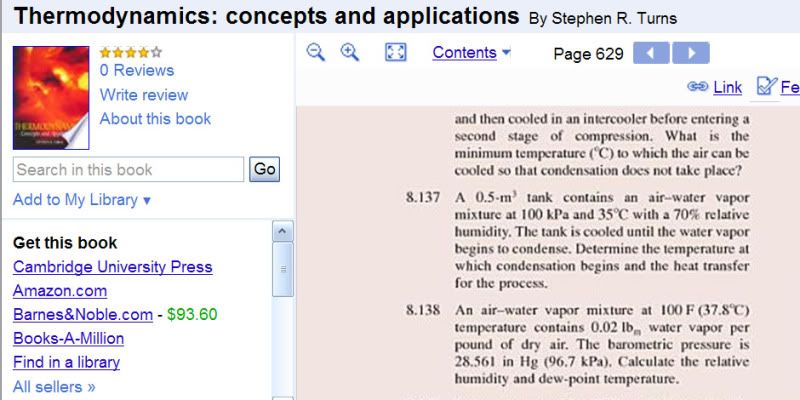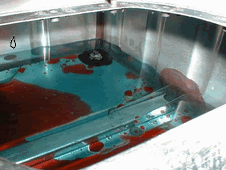Mark42
Fleet Admiral
- Joined
- Oct 8, 2003
- Messages
- 9,334
Re: Ethanol Fuel Seperation Problems
I don't know about being certified, but some deck fills are better designed than others. The fill I use on both my boats are investment cast stainless steel with "O" ring seal. When tightened, the O ring is compressed making a positive seal. One fill sits horizontal on top of the bow, the other is close to vertical on the back of the boat. So far, neither have leaked. Its also important to have a well designed vent that is placed properly.
Here is the deck fill (Sea Dog # SDG-3513201) and cast stainless vent (Sea Dog # SDG 3522101) I used when installing a permanent plastic fuel tank. It was important to ensure that the vent is higher than the tank to prevent siphoning, but also to have a riser to prevent water from easily entering the tank. The vent hose rises from the vent, loops over the top of the fill neck, and then drops down to the tank. Water has to enter the vent through the two down facing holes, pass the screen, rise over a foot vertically, before being able to run down hill into the tank. Being that this vent is on the transom, and does get hit by water when dropping from plane abruptly, no water has entered the tank from this vent since being installed prior to last season. Also, note that the deck fill can't have water pool on top of it, and eventually leak in. The clear bowl water/gas filter never showed a drop of water in two seasons. The boat is always filled at gas stations, not marinas.

No water leaks in, no water condenses. With the deck fill tightly closed, the only way for air to enter and exit the tank is through the vent. It is possible that water is condensing in the vent hose, and running back out the vent. I can't say. But no water is in the tank and it sits empty all winter outside in the North East.
so my question is
where are the industry tests/research/experiments to prove or disprove all these different opinions.
And if water does form/leak into/come with the gas in boat fuel tanks why is not there a pump out line to the tank bottom?
are gas deck tank fill caps certified or tested in any way to prove their ability to keep water out, when like under way or in heavy rain?
I don't know about being certified, but some deck fills are better designed than others. The fill I use on both my boats are investment cast stainless steel with "O" ring seal. When tightened, the O ring is compressed making a positive seal. One fill sits horizontal on top of the bow, the other is close to vertical on the back of the boat. So far, neither have leaked. Its also important to have a well designed vent that is placed properly.
Here is the deck fill (Sea Dog # SDG-3513201) and cast stainless vent (Sea Dog # SDG 3522101) I used when installing a permanent plastic fuel tank. It was important to ensure that the vent is higher than the tank to prevent siphoning, but also to have a riser to prevent water from easily entering the tank. The vent hose rises from the vent, loops over the top of the fill neck, and then drops down to the tank. Water has to enter the vent through the two down facing holes, pass the screen, rise over a foot vertically, before being able to run down hill into the tank. Being that this vent is on the transom, and does get hit by water when dropping from plane abruptly, no water has entered the tank from this vent since being installed prior to last season. Also, note that the deck fill can't have water pool on top of it, and eventually leak in. The clear bowl water/gas filter never showed a drop of water in two seasons. The boat is always filled at gas stations, not marinas.

No water leaks in, no water condenses. With the deck fill tightly closed, the only way for air to enter and exit the tank is through the vent. It is possible that water is condensing in the vent hose, and running back out the vent. I can't say. But no water is in the tank and it sits empty all winter outside in the North East.






















